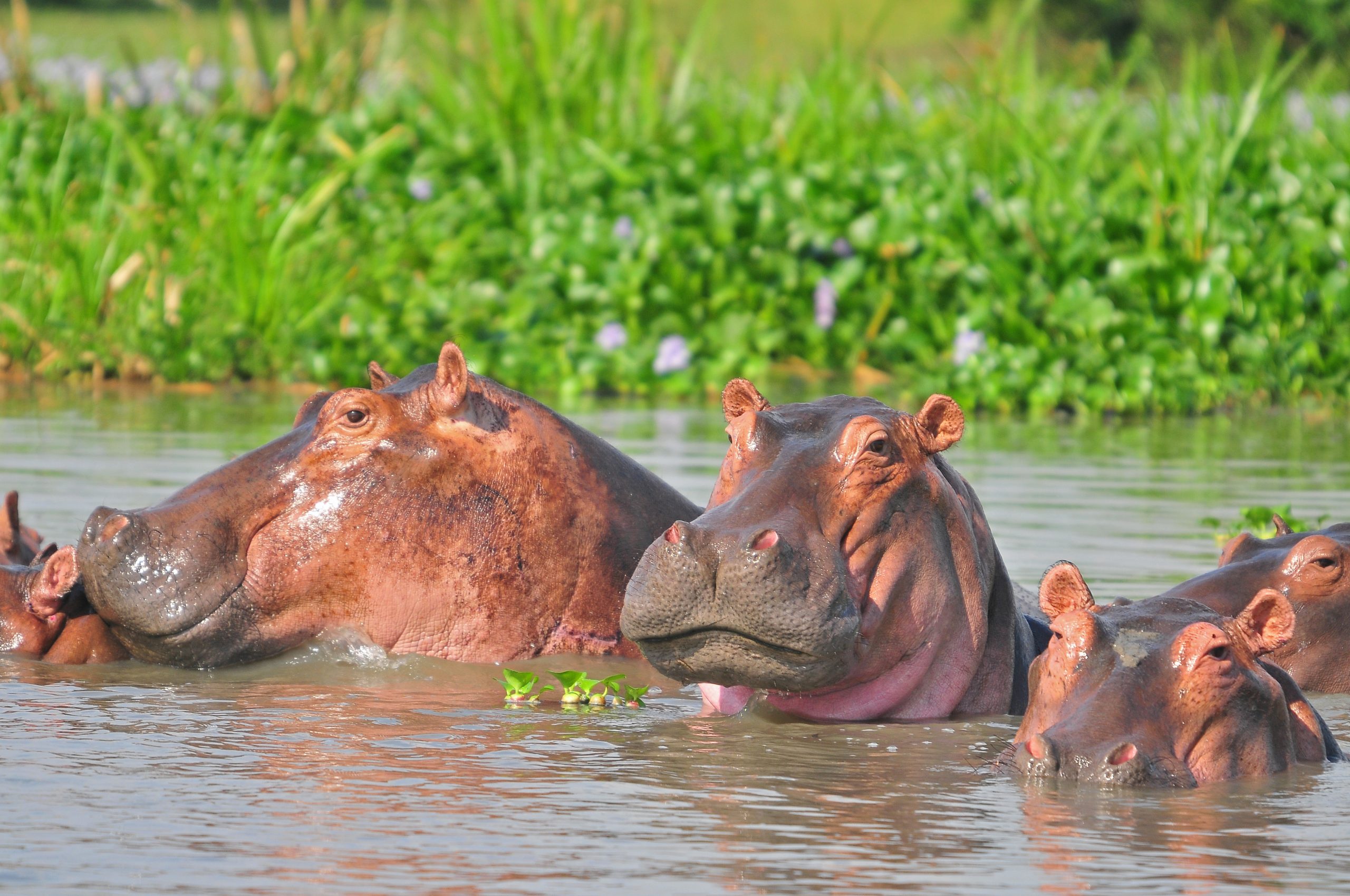“Unveiling the Mighty Hippopotamus: 10 Fascinating Facts You Should Know”
The hippopotamus, often referred to as the “river horse,” is one of Africa’s most iconic and enigmatic animals. Beneath its seemingly docile appearance lies a world of captivating facts and unique behaviors that are worth exploring. In this article, we’ll dive into the fascinating world of hippos and uncover 10 incredible facts that shed light on these colossal creatures.
-
True Water Lovers
Contrary to popular belief, hippos are not true swimmers. They are buoyant, which allows them to float, but they mostly move through the water by pushing off the riverbed with their powerful legs. Hippos spend a significant portion of their day submerged in water to avoid overheating, as their skin is sensitive to the sun’s rays.
-
Powerful Jaws
Hippos are famous for their enormous mouths, which can open up to 150 degrees wide! They have razor-sharp teeth that can grow up to 20 inches long. These impressive dental tools are not for chewing meat but rather for defense and establishing dominance within their social groups.
-
Territorial Behaviors
Despite their social nature, hippos are highly territorial animals. Males establish territories in water, fiercely defending them from intruders, including other males and boats. These territorial disputes can turn violent, with hippos displaying their dominance through jaw clashes and open-mouthed intimidation.
-
Incredible Speed
For such large animals, hippos can be surprisingly agile on land. They can reach speeds of up to 30 miles per hour in short bursts. So, never underestimate their agility when they’re on the move.
-
Herbivorous Appetite
Hippos are herbivores, primarily grazing on grasses at night. They can consume vast amounts of vegetation, up to 88 pounds in a single night. Their herbivorous diet is essential for their survival and digestion.
-
Excellent Swimmers
While not natural swimmers, hippos are incredibly agile and fast in the water. They can hold their breath for up to five minutes, allowing them to navigate rivers and lakes with ease. Their barrel-shaped bodies make them well-suited for a semi-aquatic lifestyle.
-
Social Creatures
Hippos are social animals that live in groups called pods or schools. These groups typically consist of females and their offspring, led by a dominant male. Social bonds within these groups are strong, providing protection from predators and facilitating mating opportunities.
-
Eyes and Ears on the Top of the Head
One of the most distinctive features of hippos is their unique anatomy. Their eyes, ears, and nostrils are situated on the top of their heads, allowing them to remain mostly submerged while staying alert to potential threats. This adaptation is crucial for their survival in the water.
-
Vulnerable Status
Despite their formidable appearance, hippos are considered vulnerable by conservationists. They face threats from habitat loss and poaching, mainly for their ivory teeth. Efforts are underway to protect these magnificent creatures and their habitats.
-
Ancient Lineage
Hippos are part of an ancient lineage of large mammals that dates back millions of years. Their closest living relatives are cetaceans, such as whales and dolphins. Learning more about hippos can provide valuable insights into the evolution of these aquatic mammals.
Conclusion
Hippos are more than just lumbering giants; they are complex, highly adapted creatures with a range of unique traits and behaviors. From their incredible speed and agility to their social dynamics and conservation status, there’s a lot to appreciate about these majestic animals. As we continue to learn more about hippos, we gain a deeper understanding of the intricate web of life that exists in Africa’s waterways. It is our responsibility to ensure that these remarkable creatures continue to thrive in their natural habitats.

